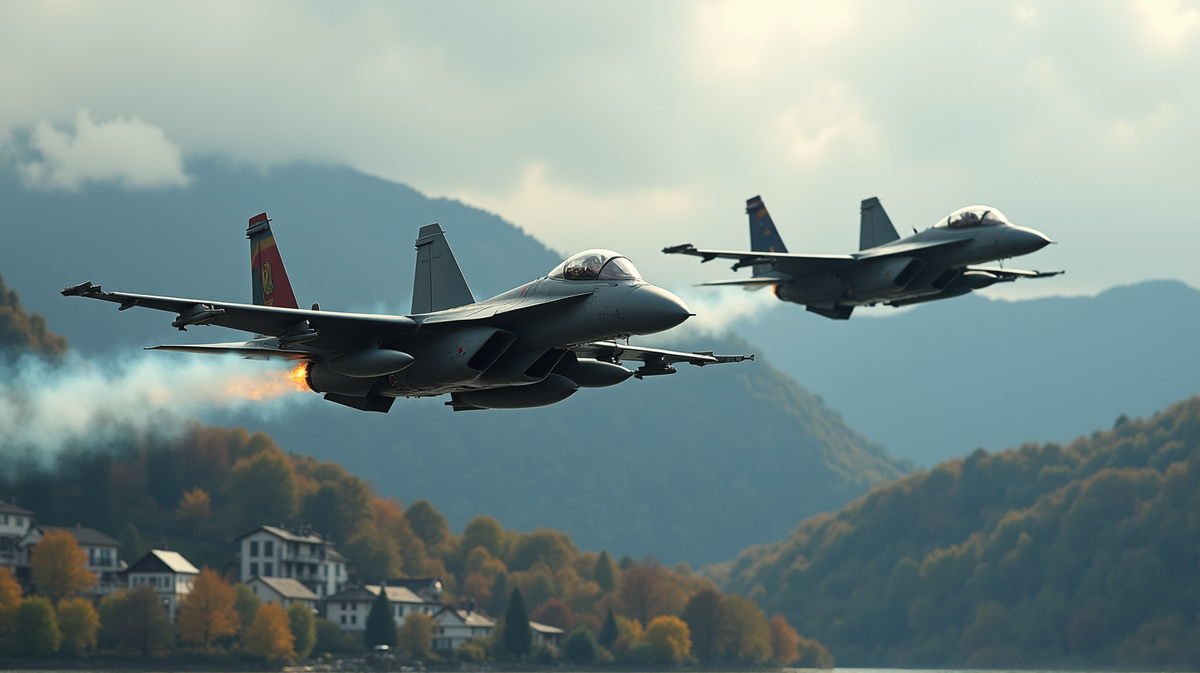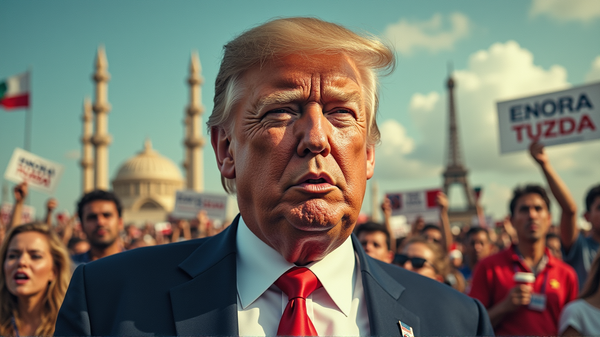Romanian Jets Scrambled Over Russian Drone Incursion: Is Europe's Eastern Flank at Risk?
Romania's response to a Russian drone incursion heightens fears of expanded conflict beyond Ukraine. Discover the unfolding tensions now.

A Widening Conflict Breaches NATO’s Borders
In a striking escalation of the ongoing conflict, Romanian airspace has become an unexpected battleground, as the country scrambled two F-16 fighter jets following a Russian drone incursion. According to Ukrainian President Volodymyr Zelensky, this unmanned aircraft penetrated 10 kilometers into Romanian territory and lingered for nearly an hour within NATO’s protected skies – an alarming indicator of the conflict’s potential expansion beyond Ukraine. This breach comes closely on the heels of similar incidents in Poland, prompting heightened military readiness across NATO’s eastern boundaries.
Romania’s Vigilance and European Solidarity
Romania’s response was swift and decisive, as Foreign Minister Toiu Oana strongly condemned Russia’s actions through social media platform X. The nation’s alertness aligns with NATO’s recent commitment to shore up defenses on Europe’s eastern flank. This joint effort underscores the alliance’s collective determination to counter any form of aggression, with U.S. leaders reiterating their vow to protect every inch of allied territories.
Crossing Into NATO Airspace: A Flashpoint for Wider War?
The breach over Romanian skies is not an isolated event. It follows last week’s drone incursion into Poland, which prompted NATO to deploy fighter jets for interception. This pattern of aerial violations brings to the forefront long-simmering fears that the war’s flames might leap out of Ukraine’s borders, engulfing neighboring nations and potentially drawing them into direct military engagements, as reported by The Independent.
Ukrainian Drone Raids: Targeting Russia’s Energy Heart
On the offensive front, Ukraine continues to leverage drones as pivotal weapons in its strategy to disrupt Russian military capabilities. Recently, Ukrainian drones successfully targeted the Kirishi oil refinery, one of Russia’s largest facilities, igniting fires and further straining Russia’s energy supply. As both sides evolve their tactics with sophisticated technologies, the battlefield of the future appears increasingly dominated by unmanned aerial attacks and cyber warfare.
A Strategy for Resilience: NATO’s Unified Front
NATO’s response to these developments has not gone unnoticed. Both at diplomatic and military levels, a cohesive strategy is unfurling as allied nations coordinate not only defensive measures but also sanctions and trade restrictions aimed at curbing Russian aggression. Swedish Foreign Minister Maria Malmer Stenergard expressed solidarity with Romania, affirming that such violations of NATO space demand a unified, robust defense from all member states.
Facing Technological and Tactical Challenges
One of the innovative countermeasures being considered by Ukraine involves restricting mobile communications during drone attacks to prevent Russian forces from exploiting high-speed internet for coordination. This adjustment reflects the novel challenges in modern warfare where technological dominance can tip the scales in a rapidly evolving theater of conflict.
Trump’s Controversial Stand on Sanctions
Amidst these tense developments, former U.S. President Donald Trump has sparked debates by calling for new sanctions conditional upon NATO’s abstention from Russian oil usage—a move seen by some as undermining the unity essential for an effective collective defense.
An evolving theater of conflict, the Ukraine-Russia war’s extension into European airspace, and the technological arms race are reshaping geopolitical landscapes. Stay informed as this complex narrative continues to unfold.





